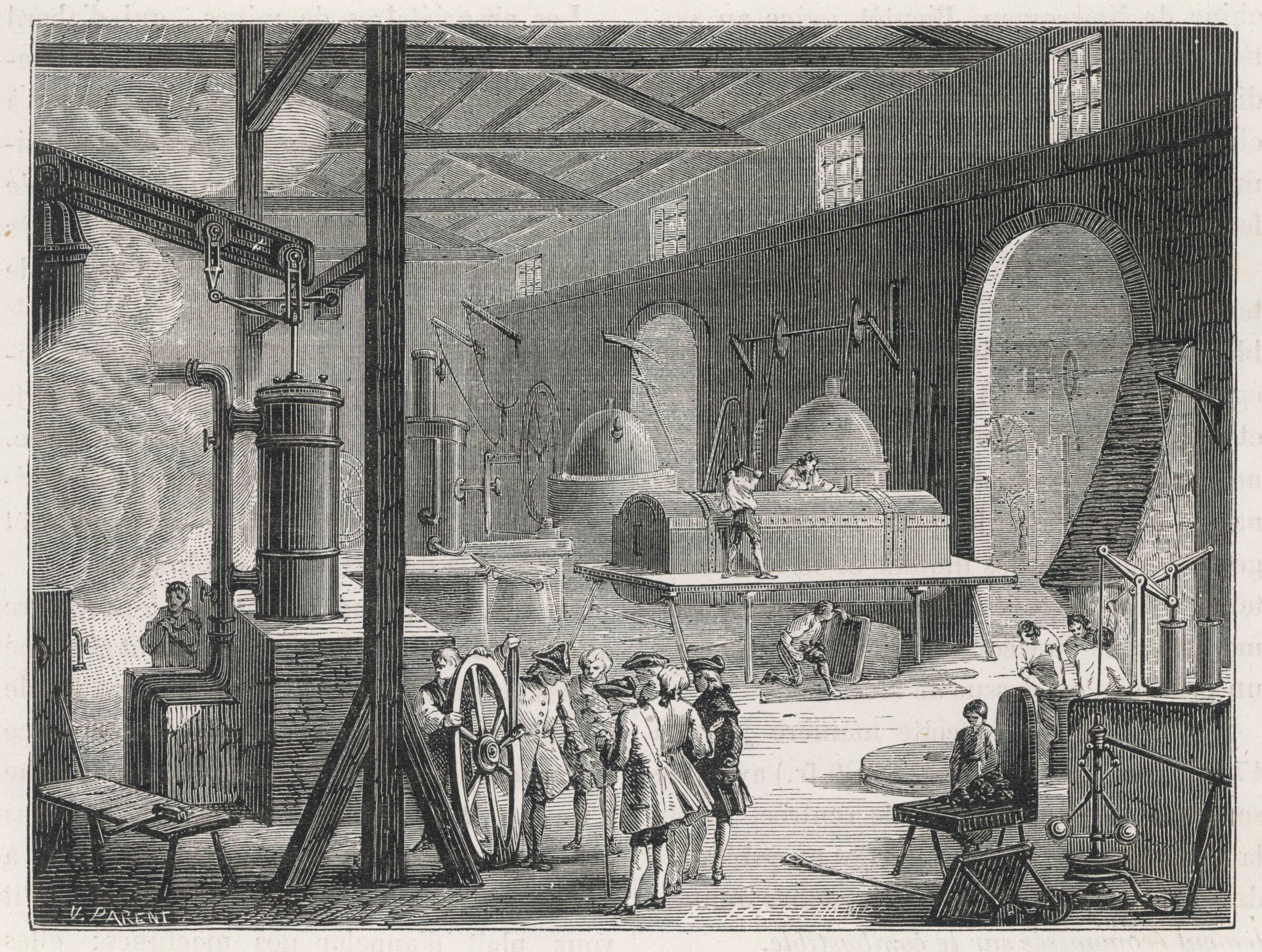


Work Less, Earn More, Live Longer

Cordless Drills on Sale: Buy One, Get 41.8 Free

Elon Musk Gets an A in Econ. Janet Yellen Gets a D-

Even With Historic High Gasoline Prices, You Get 62 Percent More Miles for the Same Time it Took in 1980.

Visualizing Global Resource Abundance

Nailing Innovation

Cornpreneurs Save Us From Davos Elites

More Interesting Thoughts About Time Prices

